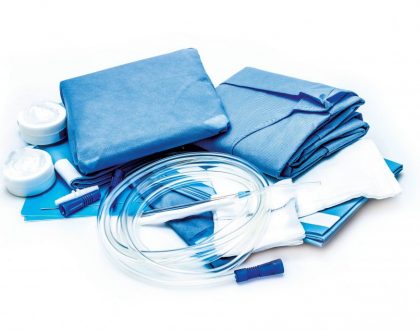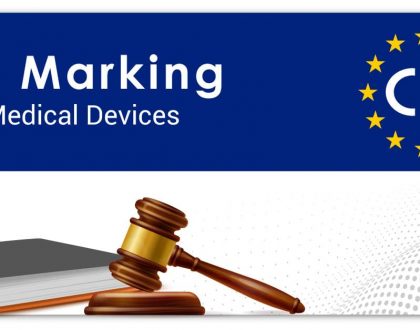Tips for transitioning to ISO 13485:2016

by Kea Dent
Transition planning is critical
As the March 2019 deadline for ISO 13485:2016 is fast approaching, now is the time to start actively planning for the transition. When planning for the transition, it is important to consider the resources and time required to update your Quality Management System (QMS) as well as regulator assessment times. In addition, companies must also define the project so that there is clear understanding of the specific processes that need the most work and the impact that this work has on any other requirements.
Planning considerations
We recommend a progressive transition to ISO 13845: 2016 compliance. Start by identifying the processes to address first and define the timeline for the transition. Once the project plans are defined these can be linked to the transition plan. It is also important to consider how the transition will impact your QMS now and throughout the transitional period to ensure ongoing conformity.
Key areas of focus for ISO 13485:2016
The main areas that the ISO 13485:2016 update focuses on are regulatory requirements; risk management; validation, verification and design transfer; outsourced processes and supplier controls.
KD&A have prepared the following tips and timelines to help you transition to ISO 13485:2016:
Top 4 tips for successful transition to ISO 13485
- Review quality objectives and policy – Ensure they are measurable and relevant
- Identify any gaps and address these – Utilise ISO 13485 guidances and ISO 13485:2016 standard
- Finalise and approve project plans
- Link project plans to the overall transition plan
Timeline: Counting down to ISO 13485:2016
2016:
- ISO 13485:2016 was published with a 3 year transition plan
- 2016 version harmonised
2017-2018:
- Update QMS and ensure compliance with the 2016 version
- Complete audits according to the 2016 version, obtain updated certification
2019:
- 31 March – end of 3 year transition period
- Note; in the final year of transition Notified Bodies will not issue new certificates according to 2012 version
Other regulatory considerations/changes – MDSAP
The Medical Device Single Audit Program (MDSAP) is a multination approach to auditing and monitoring the manufacturing of medical devices to ensure safety and performance. The countries involved in the program are: Australia, Brazil, Canada, Japan and US.
To ensure continued Canadian supply companies will need to complete the MDSAP audits according to ISO 13485:2016 and obtain updated certification prior to the 2019 deadline. This is crucial because Health Canada will no longer accept Canadian Medical Devices Conformity Assessment System (CMDCAS) certification after 1 January 2019.
KD&A can provide support with transitioning and complying with ISO 13485:2016 standard and MDSAP certification. For further information on ISO 13485:2016, please visit: ISO 13485:2016 training and support
Recommended Posts

January 2024 Updated Guidance – System or Procedure Packs
February 28, 2024

Guidance on the vigilance system for CE-marked devices and the Device Specific Vigilance Guidance (DSVG) Template
February 19, 2024

TGA Fees and Charges Proposal 2024-25
February 1, 2024
